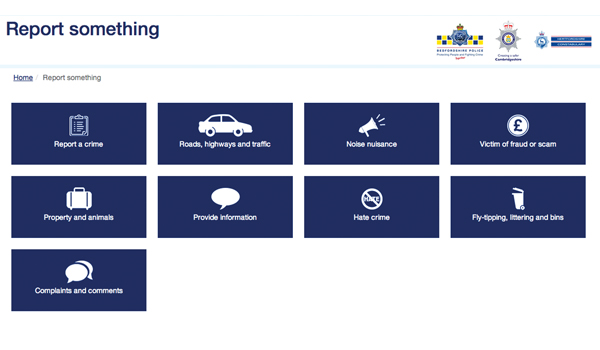Data on the move; Securing your communications
Mark Pitts talks to Police Professional about the importance to the police service of having secure, in-vehicle mobile systems that can roam available networks for cost-effective, efficient communications.

Mark Pitts talks to Police Professional about the importance to the police service of having secure, in-vehicle mobile systems that can roam available networks for cost-effective, efficient communications.
Todays emergency services rely on a rich mix of voice and data traffic to do their jobs effectively. The problem is that they need this communication to be freely and securely available to them at their control centres and out on the road getting the right information to the right people, wherever they are and at the right time, is paramount.
The need
The police service has a need to access a variety of fixed, mobile, wireless, public and private networks to send and receive operational information. Security is paramount, with encryption of sensitive information, authentication of authorised personnel, and protection of secure networks from penetration or disruptive attacks, being essential elements of any information and communication technology (ICT) strategy.
Network connection devices, whether or not integrated within remote computer terminals, need to manage the correct selection of available networks.
And the most efficient use of network resources, particularly in times of network congestion, is paramount when just getting through can make the difference in a critical situation.
Similarly, at network boundaries, interconnecting devices provide an essential service in selecting the right interconnect (or backhaul) for the particular circumstance. This might be to provide essential, temporary communication in a particularly remote area, or where established network resources have been damaged by natural disaster or terrorist attack. Such connectivity devices may also provide boundary protection for sensitive networks, and encryption for sensitive information.
Selection of the right connectivity solutions for the variety of operational circumstances expected by emergency service organisations can make an essential difference to the efficiency and effectiveness of remote operations. This covers everything from everyday activities, such as community police, incident management and public protection, through to major events and incidents, such as major crime scene management, crisis management situations such as terrorist incidents, public transport accidents and natural disasters. Effective communication is key.
Communications an alternative approach
Although TETRA (terrestrial trunked radio) has been a great enabler for voice communications in public sector services for many years, it has bandwidth limitations where data is concerned and these make it less appropriate for in-vehicle communications where applications are hungry for bandwidth.
The answer is to use existing public networks that are largely under-utilised but incredibly available. And, although availability normally infers a lack of security it is possible to apply secure processes to allow the emergency services to take advantage of the existing, massive communications infrastructure that offers very cost-effective communications across a wide geography.
To be able to do this reliably requires intelligent technology that senses which networks are available and switches seamlessly between them to ensure optimal bandwidth utilisation and continuous uptime, as well as levels of security for the voice and data flows that reflect the sensitive and mission-critical nature of the communications.
How can this be achieved?
First of all, any solution should be specifically designed for use within the public sector. That way it will adhere to the appropriate standards, whatever its particular application.
Of course, security is one of the most important considerations, since personal and highly-sensitive data will be transmitted across public networks. This demands that encryption technologies be applied to deliver an encrypted two-way information path between remote vehicles and command and control centres. This will provide the highest le




